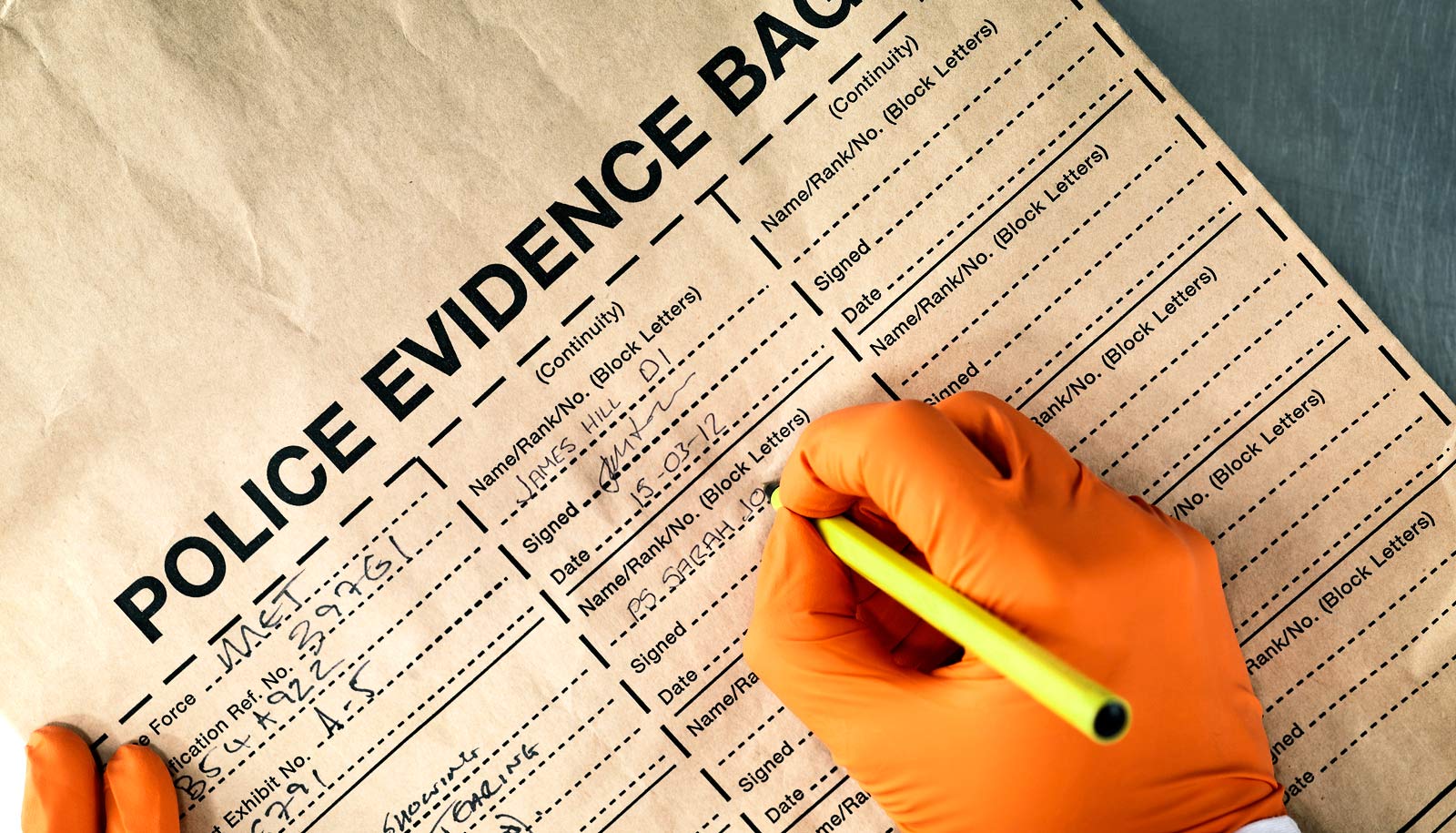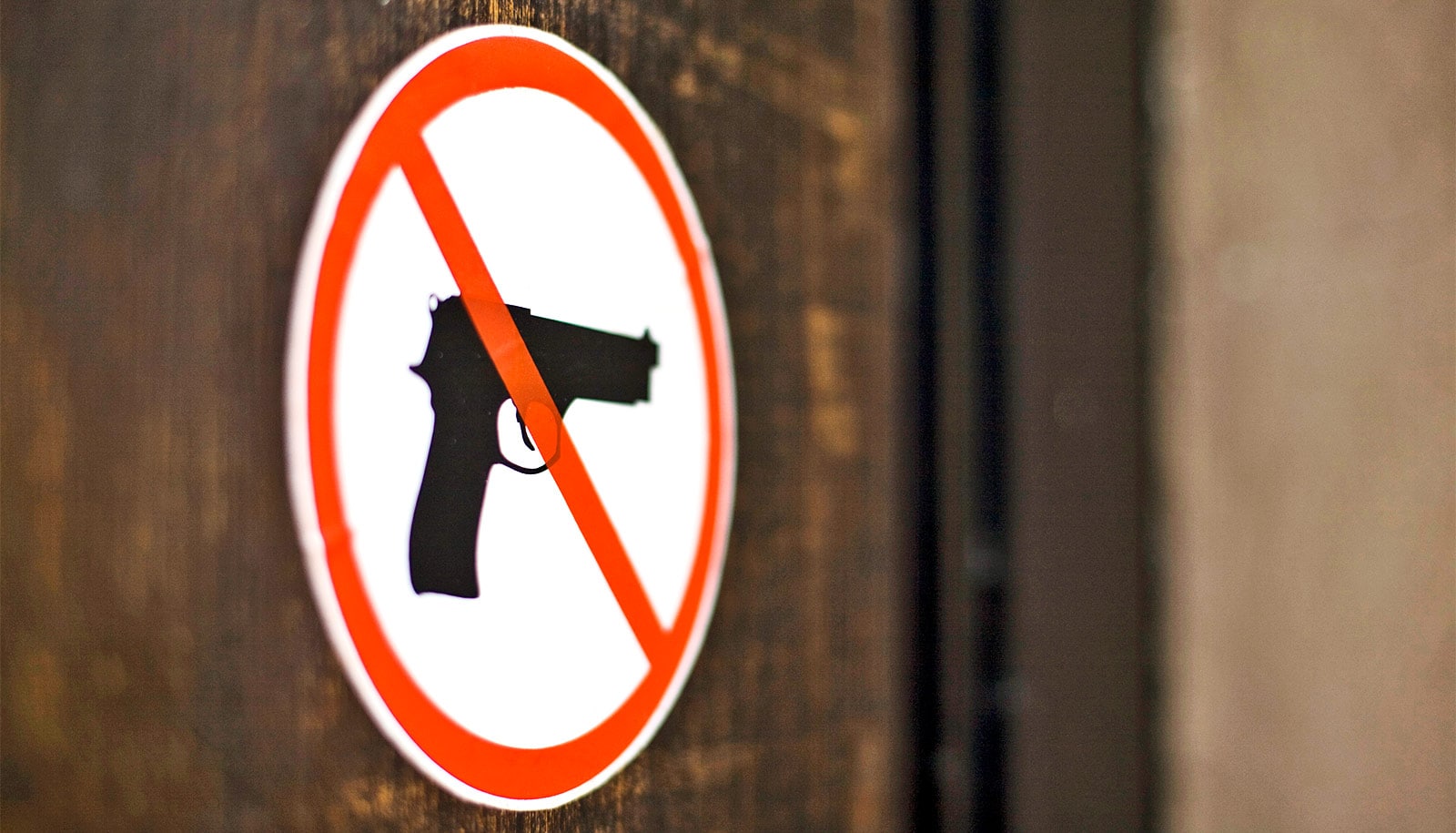A new way to sort out mixtures of DNA at crime scenes is freely available online.
In 2017, the South Yorkshire Police contacted statistics researcher Therese Graversen of the University of Copenhagen’s mathematical sciences department for help with a homicide case that required her statistical analysis expertise. Someone had viciously beaten the victim to death in his home. English police had formally accused a suspect after finding DNA traces linking him to the crime. However, because police determined that these traces included DNA from the victim along with at least three other individuals, they asked the Danish researcher to perform a calculation that might shed light on the mixed traces.
“Based upon the evidence, I had to calculate the probability of whether the DNA on the suspect’s jogging pants belonged to the victim.”
“A mix of DNA was found on jogging pants belonging to the suspect, some of which were believed to be DNA traces of the deceased. Based upon the evidence, I had to calculate the probability of whether the DNA on the suspect’s jogging pants belonged to the victim,” explains Graversen.
When Graversen receives a call from the English police, it is typically because DNA from four or more people found on a victim or object has been collected from a crime scene. The number of possible combinations explodes into an incredibly complex biological puzzle when DNA from numerous individuals gets mixed together. Calculation difficulties arise, even for the large private laboratory normally that the English authorities typically work with.
“They had a mix of DNA indicating at least five people. The problem was that their software could not calculate based on five individuals. It was too complex—there were simply too many possibilities statistically,” explains Graversen, whom several English police departments contacted in 2016 after they heard about her method.
The case ended up being the first in which English courts used and accepted these types of calculations.
Utilizing software that she herself coded, Graversen analyzes DNA collected by police at crime scenes. DNA sequences resemble small mountain peaks of varying heights and contain information used by her software to make calculations.
“Before I developed my method, it was an area where I could easily sit and wait for days while a computer performed calculations based on the DNA of perhaps four people,” says Graversen.
She used these wait times, during which the computer would run through an astronomical number of possible DNA combinations, to optimize her code and current software.
“I began to change the entire calculation more fundamentally and ended up with a method that runs all DNA combinations in a smarter, more selective way,” says Graversen. With her own laptop, she is able to compute more complex cases and in a shorter amount of time than private English labs.
How just 13 DNA snippets could identify you
The researcher’s method is innovative because it involves more DNA sequencing information than has been used up until now. Among other things, she uses information about what are referred to as peak heights. These heights provide information about the strength of a signal and, consequently, about the amount of DNA in a mixture. Graversen’s software has also been used in a few Danish cases, and she hopes that her method will continue to gain traction in both England and Denmark.
“What I’ve realized is that little people like me can get involved and make slight contributions to jurisprudence. My method has raised awareness among Danish and English police that it is possible to coax more information from DNA than what they were used to. Quite naturally, this has generated demand for these more sophisticated methods of analyzing DNA traces,” concludes Graversen.
Papers documenting Graversen’s work have appeared in the Royal Statistical Society journal and in Statistics and Computing.
Source: University of Copenhagen



